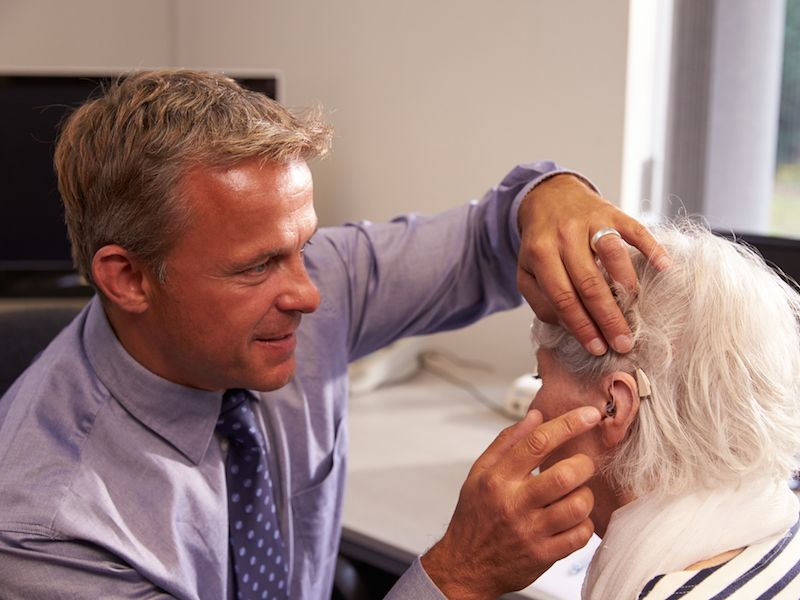
The numbers don’t lie: you may require hearing aids someday. A quarter of individuals from 60 to 75, according to an NIDCD study, have loss of hearing and for people over 75 this number increases to 50%. The best means to combat age-related loss of hearing is to wear a hearing aid, but how do you know which model is the right one for you? Breakthroughs in technology through the years have resolved some of the issues usually connected to hearing aids, such as too much background noise and susceptibility to water damage. But there’s still a great deal you need to know when picking out a hearing aid to make sure it fits your lifestyle.
Directionality is a Key Feature
Directionality is one crucial function you should look for, which has the capability of keeping background noise down while focusing on noise you want to hear including conversations. One, if not both, of two directionality systems are functioning inside most hearing aids, they either focus in on sound directly in front of you, or they focus on sound coming from different speakers and sometimes do both.
Can You Use it With Your Phone?
As a country, we’re addicted to our phones. You more than likely have some kind of cell phone, either a smartphone or a flip phone. And on the off-chance that you don’t have any kind of cell phone, you most likely still have a land-line. So, when you’re trying out different hearing aids, you will want to see how they work with your phone. How does it sound? Do voices sound sharp? Is it Comfortable? Are there any Bluetooth connection features available? These are all of the things you should take into consideration when selecting new hearing aids.
Are You Likely to Wear it?
As noted above, hearing aid technology has progressed by leaps and bounds over the past few years. One of those advances has been the size and shape of hearing aids, which have trended in the smaller and more comfortable direction. Nevertheless, there are always going to be some trade-offs. A smaller hearing aid may not be as powerful as a bigger one, so it really depends on your hearing professional’s recommendation and what you need to achieve with your hearing aid. The little models won’t have the features of the larger models and they might get clogged with earwax but they do fit inside your ears virtually invisibly. On the other side of it, better directionality functions and more advanced sound amplification options come with a behind the ear hearing aid though it’s a little bit larger.
Exposure to Particular Background Sounds
Wind noise has been an extreme difficulty for hearing aid users ever since they were invented. Being outside during a windy day with a traditional hearing aid used to mean that you couldn’t pick up anything except the wind, which is could drive anyone crazy. If you’re an outdoors kind of person or you live in a windy area, you’ll want to get a hearing aid that suppresses wind noise so you can have conversations at a normal volume and steer clear of the headaches that are associated with hearing aid wind noises. Looking for more information about how to pick the correct hearing aid? Call us.